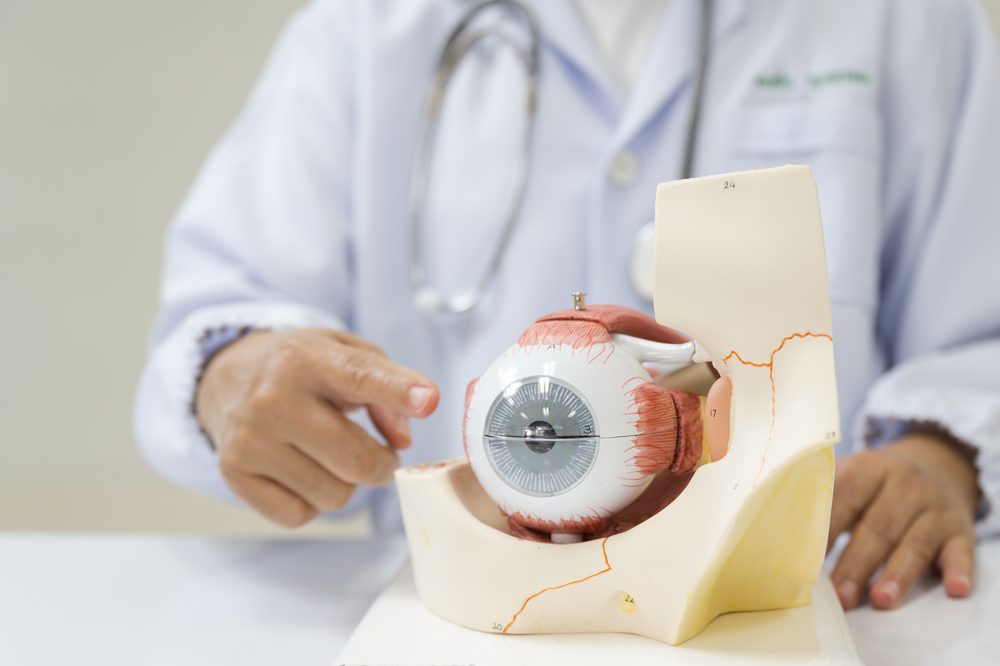Bioprinting is an innovative method that makes it possible to make cellular structures from bioinks loaded with stem cells. The biomaterial is deposited layer by layer to design tissue, skin, or even an organ. Imagine a 3D-printed kidney, lung, ear, and heart, custom-designed with the patient’s own cells.
What a huge breakthrough for the medical world! However, when talking about 3D-printed organs, it’s important to note that scientists aren’t yet at the stage where they can implant 3D-printed hearts into our bodies. Moreover, it’s still a bit early to count on organs generated by 3D printing technologies that are durable and viable over time.
But progress is making significant strides, and in the long run, this innovative technology could reduce the risk of organ rejection and lower the wait time for organ transplants.
In this article, we’ve rounded up some of the main bioprinting projects in the medical world, whether they’re 3D-printed organs, tissues, or body parts!

1. Ovaries
No. 1 on our list of 3D-printed organs that scientists will soon be able to develop are the ovaries. Bioprinting technology could help experts better understand cell behavior and, in turn, several diseases that affect the female reproductive system.
In 2022, a team of scientists based at Tongi Hospital in China created a 3D-printed artificial ovary using two main components: cells from mice and Gelatin methacrylol (GelMA), which is a common hydrogel used in bioengineering.
While researchers discovered that this hydrogel wasn’t suitable for primary ovarian cells, it turned out to be suitable for the growth in vitro of ovarian follicles. According to experts, their results could be clinically applied in the treatment of female reproductive and endocrinological conditions.
2. Heart
Next on our list of 3D-printed organs that will soon become a thing is the heart. A Boston University science team has already used 3D printing technology to create a miniature replica of a human heart. The device was developed using a combination of microscale 3D-printed acrylic parts and human stem cell-derived heart cells.
According to them, it’s a “precision-enabled miniaturized unidirectional cardiac microfluidic pump, or a miniPUMP. The impressive feature of the miniPUMP is that it’s able to beat on its own, just like a human heart, due to its living tissue.
While 3D-printed organs like this one aren’t at the stage where they can be implanted into someone’s body, they can help scientists better understand how heart tissue is afected by disease, how the heart grows in an embryo, or how effective new drugs are in treating diseases.

3. Cornea
While the cornea is considered a tissue rather than an organ, we still think it is important to acknowledge the next innovation by including it in our list of 3D-printed organs.
Every year, over 1.5 million people are diagnosed with corneal problems that can lead to blindness. Because of that, a research team in Hyderabad, India, has successfully concluded the development of the first 3D-printed cornea.
The tissue itself has been developed from a bioink obtained from human corneal tissue, and there were no artificial or synthetic elements added. The researchers claim that, for every human cornea donated, up to three new corneas can be made using 3D printing technology.
These advances in the field of ophthalmology will help doctors treat diseases such as keratoconus and corneal scarring. The project has been tested in rabbits, and while there’s still some time before experts could implant 3D-printed corneas in humans, the results have been very promising and successful.
4. Ears
Next on our list of 3D-printed organs that scientists will soon be able to implant in humans are ears. In fact, they have already developed a 3D-printed ear, and the transplant was a success.
A young woman from the US was suffering from microtia, a congenital anomaly that blocks the development of the outear ear, until she got a 3D-printed one via a transplant. The implant was developed by the company 3DBio Therapeutics from cartilage cells from the patient and collagen hydrogel.
According to experts, the cells responsible for cartilage formation are cultivated in a patented nutrient mix and multiply as a result. These cells are then mixed with a bio-in. Within 15 minutes, an ear can be printed for patients.
Unlike the traditional treatment method, in which a prosthesis is developed from rib cartilage, this one is less costly.
Keep reading to discover other 3D-printed organs that scientists will soon be able to widely transplant!
5. Pancreas
Next on our list of 3D-printed organs is the pancreas, which is known for playing a key role in the body as it’s responsible for insulin production. This being said, when something’s wrong with the pancreas, the effects can be quite serious, namely leading to diabetes.
Given that the condition affects over 463 million people worldwide, the drive to find more effective and permanent solutions to curing it is becoming more important. That’s where 3D printing technology could play a role.
For instance, a multidisciplinary team of researchers from the Foundation for Research and Development of Science was the first to use bioprinting to develop a bionic pancreas with a full vascular system. The event took place in March 2019, and the pancreas was made by the Polish company Polbioionica, which is dedicated to creating fully functional 3D-printed organs.
Scientists hope the tailor-made pancreas won’t only provide a solution to the ever-worsening organ shortage worldwide but could also prevent the development of complications in people with diabetes, all while reducing healthcare expenses.

6. Skin
No. 6 on our list of 3D-printed organs that scientists will soon be able to implant in humans is skin. There’s a French company that specializes in 3D bioprinting solutions and designs a range of 3D-printed organs called Next Generation Bioprinting. Its name is Poietis, and it is particularly known for its research work on skin.
In detail, this skin has the structure of a dermal compartment, one of the three layers of skin between the hypodermis and epidermis. This layer is composed of cells of the dermis embedded in type 1 collagen and covered by epidermis structures in superimposed layers that give rise to a 3D pattern.
This is a great innovation because the skin could be used by anyone with skin cancer or people who have suffered severe burns or other accidents. According to Poietis, the high resolution and precision of their 3D bioprinters allow for the manufacture of reproducible skin tissue models.
Recently, the French company was able to conduct its first clinical trial with its 3D printing technology.
7. Liver
Last but not least on our list of 3D-printed organs that will soon become a thing is the liver. Scientists at the University of Sao Paulo in Brazil have succeeded in developing a miniature version of a human liver from blood cells. The whole process took only 90 days, from the collection of blood from a patient to the production of the tissue.
Experts were able to develop liver organoids and integrate the functionalities of the organ in question using 3D-bioprinting technologies. The functionalities include the storage of vitamins, the secretion of bile, and the production of vital proteins. To make the liver tissue, the researcher group used the Inkredible bioprinter, which is one of the most recognized in the industry.
Want to read more about how a liver transplant is done? Here’s an inspirational memoir written by a surgeon who opens up the fast-paced world of donor surgery.
If you liked our article on 3D-printed organs, you may also want to read 7 Crazy Things That Happened During Surgery.














